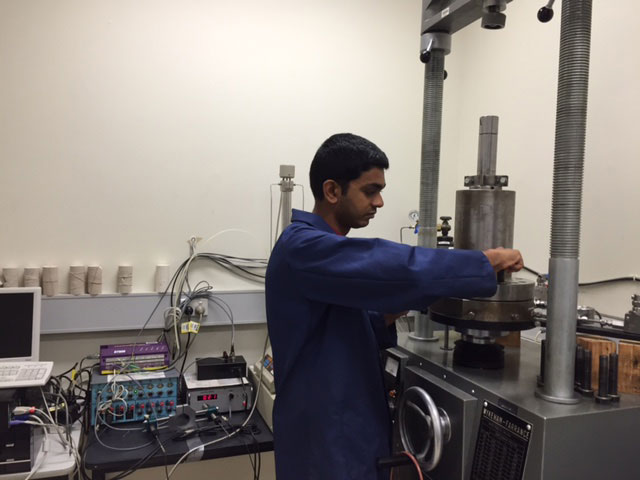Shale gas is an abundantly available natural gas around the world as well as in Australia and traditionally water based hydraulic fracturing is used to produce gas from deep shale plays. However, this practice fails to produce commercially viable amount of gas (Ex.: proppant, that are usually required to keep created fracture in open state, is hard to controlled by water based fracking fluids) and raises many environmental issues; large volume of fresh water consumption, and surface and ground water contamination. In this regards, foam based fracturing fluids provide solution to these problems through; a small volume of water consumption, low fluid loss, reusable and recyclable, shear stable over a wide temperature range, low pressure drops due to friction and high capacity to transport proppants to deep and upper fracture surface. Generally foam based fluids consist with three major components; 1) external phase: water, alcohol and acid; 2) internal phase: Nitrogen and Carbon dioxide; 3) foaming surfactant to combined the two phases. Due to low water usage and high proppant carrying capacity, foam based hydraulic fracturing is environmental friendly as well as it is an economical solution for the shale gas extraction. The goal of this study is to investigate a new stimulation methodology for extraction of shale gas using foam based hydraulic fracturing.

